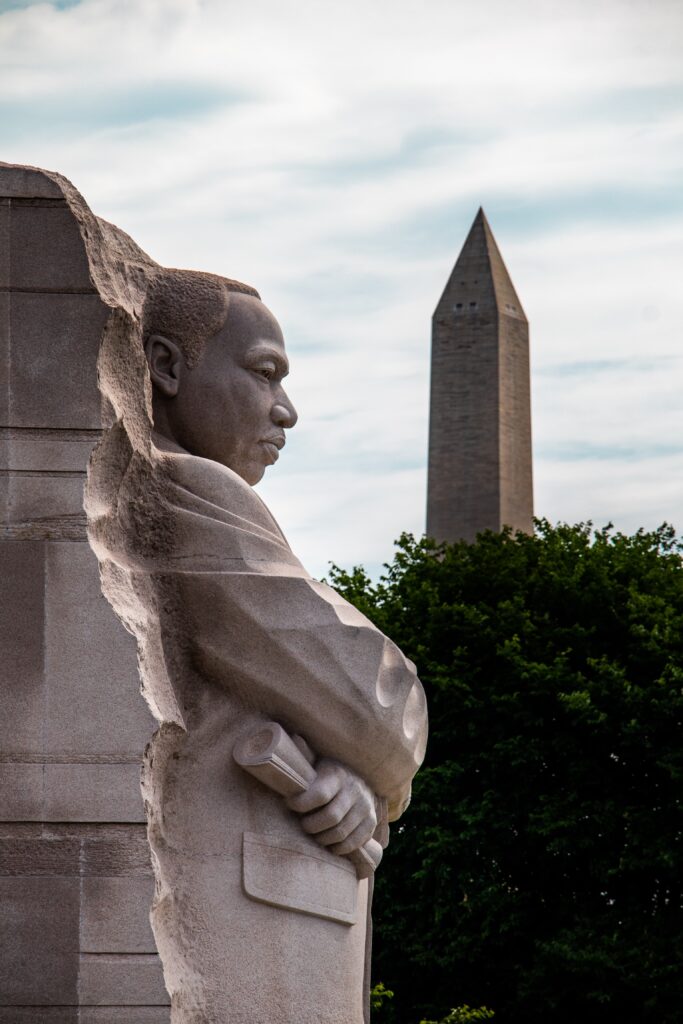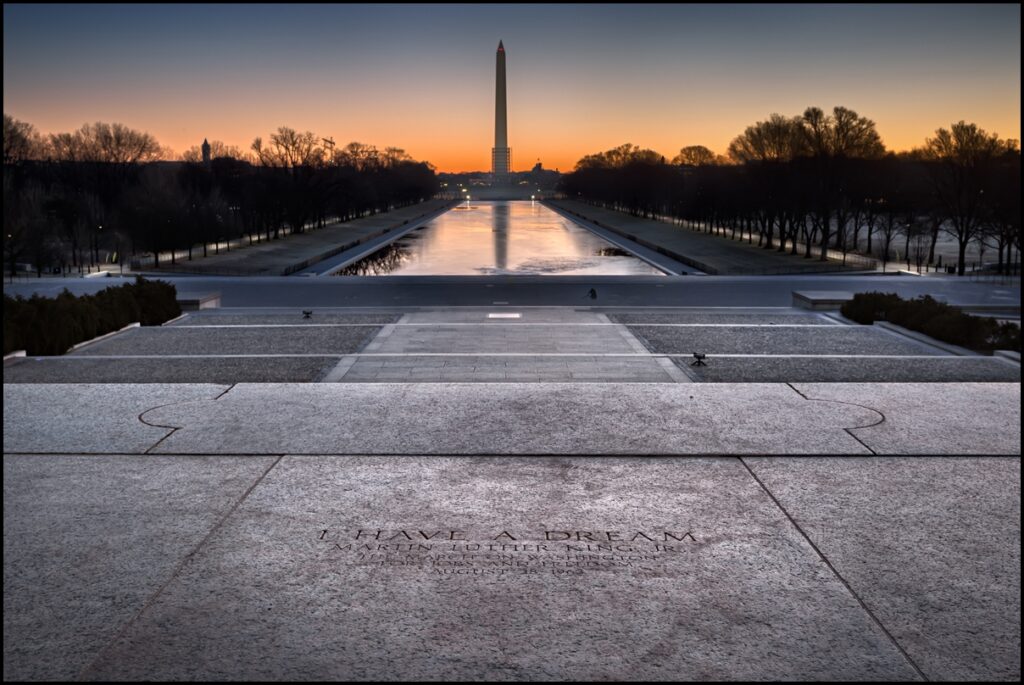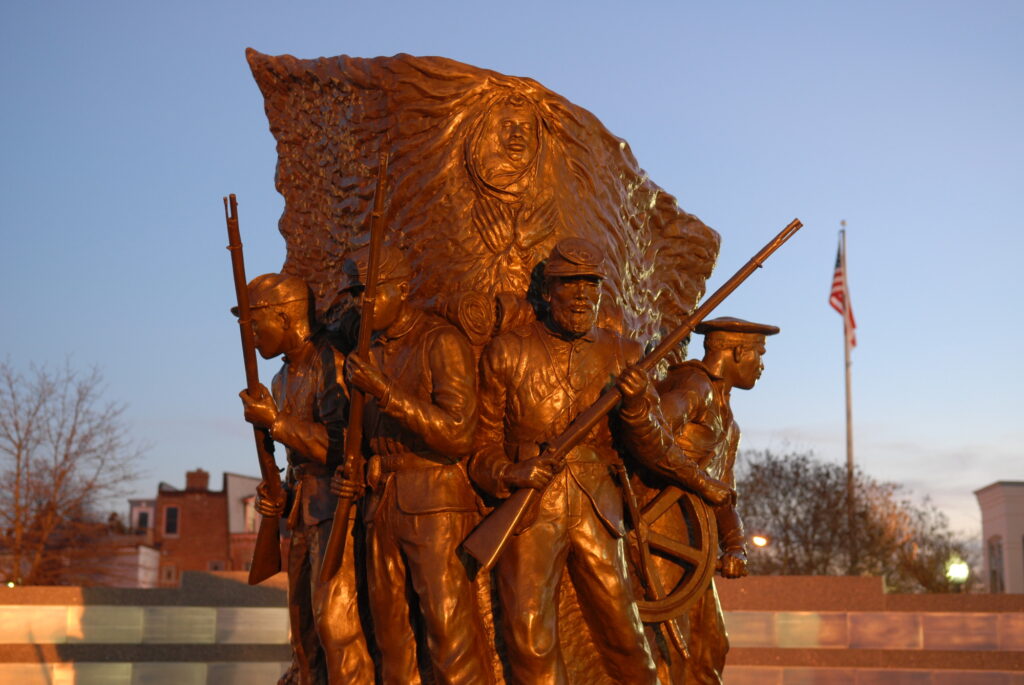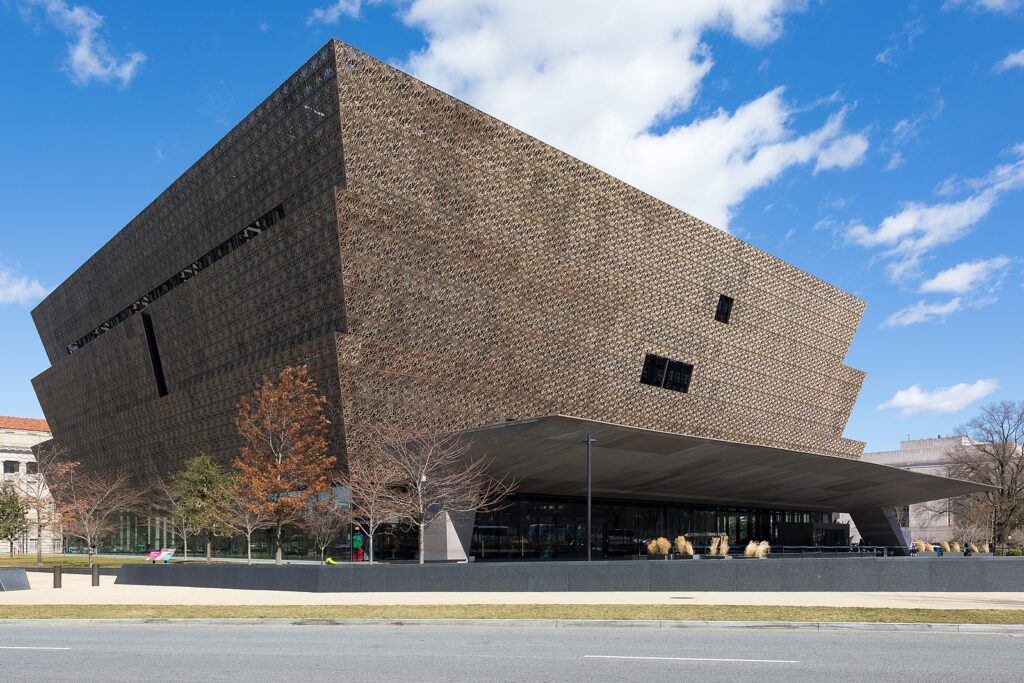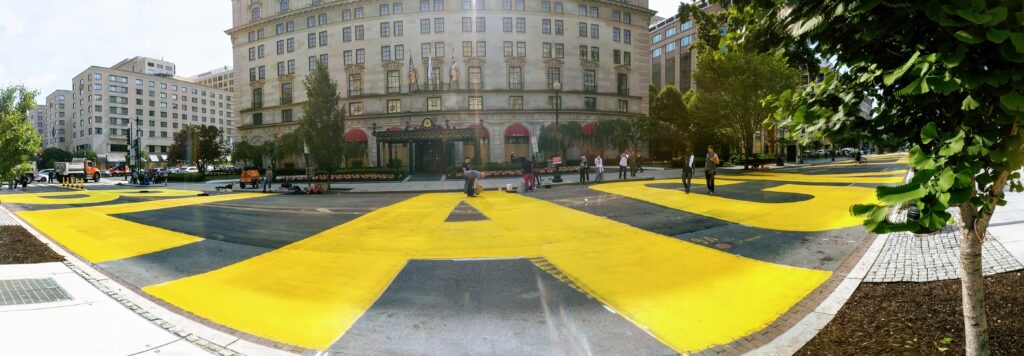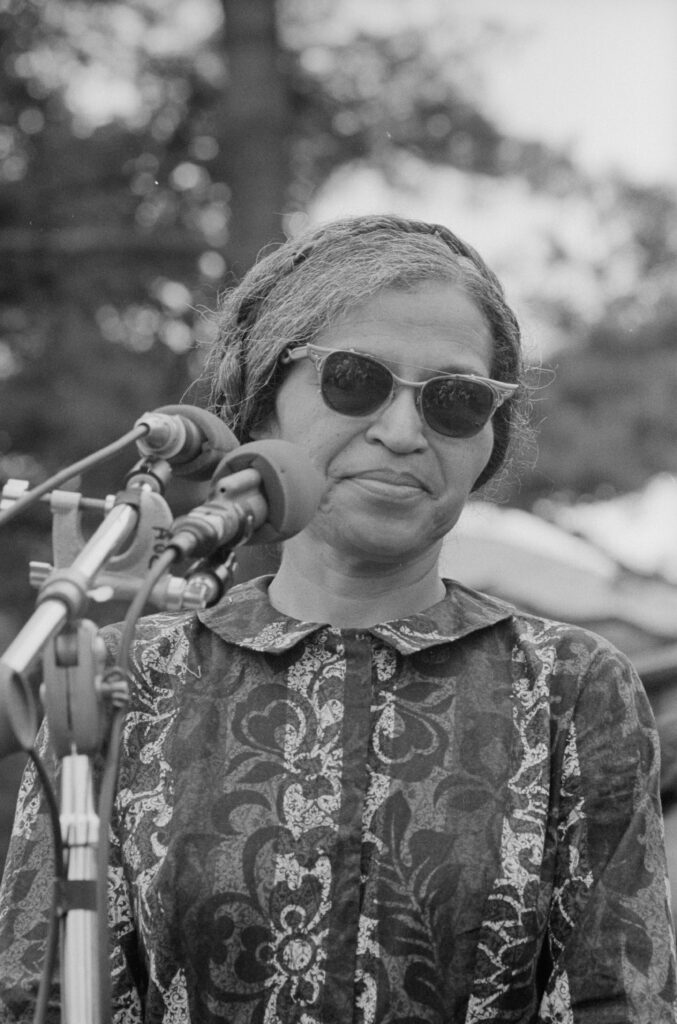Black History Month is an important time to reflect on the contributions, struggles, and achievements of Black people throughout history. It’s a time to celebrate their resilience, culture, and impact on society, while also acknowledging the systemic racism and discrimination they have faced and continue to face. Black History Month is a time to educate ourselves, challenge our biases, and honor the legacy of Black individuals who have fought for justice and equality.
Although Black History Month is coming to an end, in this blog post, we will delve deeper into the history of Black History Month, explore its significance, and highlight some of the notable figures and events that have shaped Black history, as here are always opportunities to learn about the history of America and the impactful Black Americans who fought for change and continue to influence culture today. There are many opportunities to honor these heroes in the nation’s capital, learn about Black history, and celebrate Black History in Washington, DC. Here are some sights to check out.
